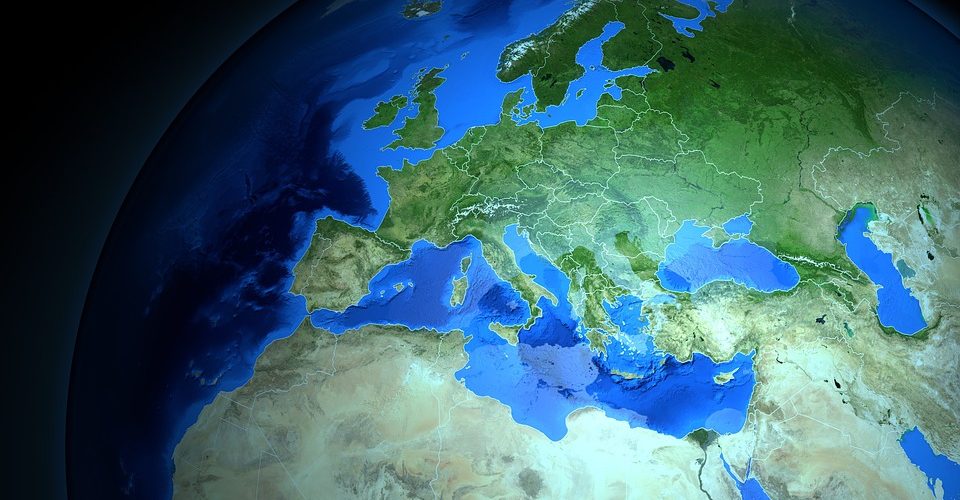From January 2022, a new EU regulation ((EU) 2019/2152) will become applicable for intra-EU trade in goods and as a result affect the Intrastat survey. From that point onwards, an exchange of intra-EU exports microdata will become mandatory between the member states of the EU. Read more about the new regulation here: Regulation on European Business Statistics (EU 2019/2152)
The purpose of the microdata exchange is to simplify the production of trade in goods statistics. An export transaction reported in one member state could be used as a data source in another member state for compiling their national import statistics. Eventually, this new data source could reduce Member States’ own collection of import data.
The reason export data is exchanged is because it is considered to be of higher quality than import data. Usually the exporter (which in many cases is also the producer) has better knowledge of what data is to be reported.
New data elements to be reported to Intrastat
To enable the microdata exchange, two new mandatory variables will be introduced in the reporting of export data: country of origin and partner ID (VAT identification number). In addition, two-digit Nature of transaction codes will be introduced instead of one-digit ones as used today. From reference month January 2022 the collection of the two new variables and the two-digit Nature of transaction codes will become mandatory. Please note that the changes above only apply to PSI’s reporting exports. The obligation to provide the same information for imports is not affected at this stage.
Partner ID is the VAT identification number of the buyer within the EU who has received the goods. The first two positions in the maximum 14-digit code must match the country code of the recipient country. Check the buyer’s VAT identification number on the European Commission website:
If a VAT identification number is missing, the following can be used: QV999999999999. This only applies in cases where the goods are exported to a non-taxable person (e.g. deliveries to ships and aircrafts), or where the exporter does not have the available information, for example in the case of triangular trade.
The country of origin is the country where the product has been produced or manufactured. If the product has been manufactured in two or more countries, the country of origin is the country where the product underwent its most recent, extensive, economically justified processing.
Nature of transaction, valid from 2022 (PDF)
Source















